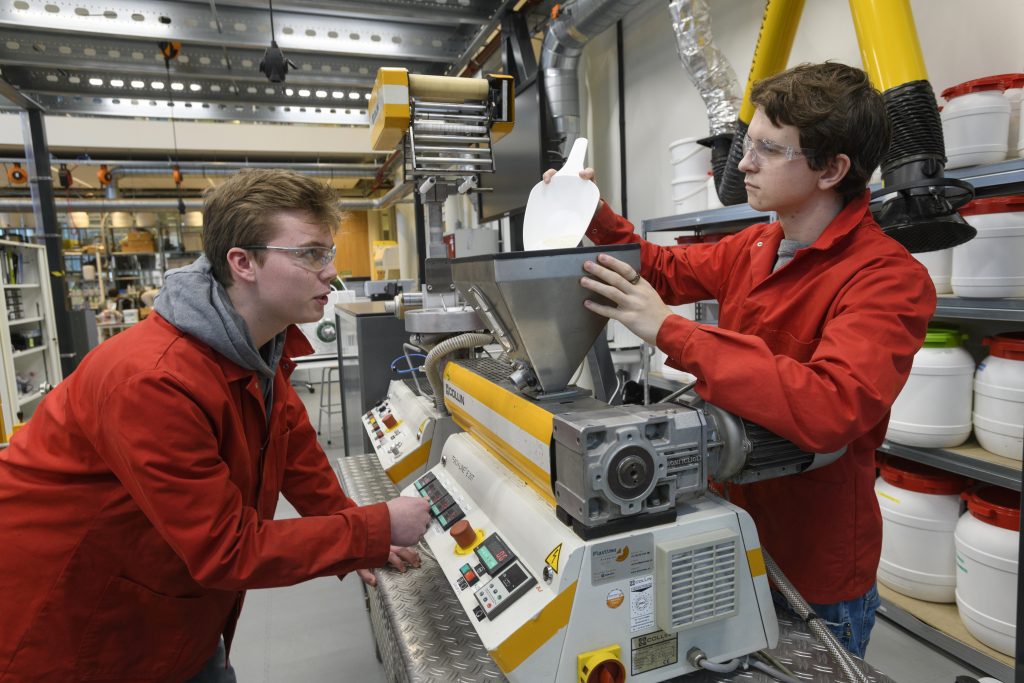
It is known that severalt bacteria can produce biodegradable polymers in different residual streams. These polymers are stored in the cell as a reserve energy source (up to 80% of the cell weight). The project is investigating the direct extrusion of bacteria with a high PHA content and the application possibilities of the extruded PHA. The polymers produced can consist of polyhydroxyalkanoates (PHA), a bioplastic with interesting properties such as excellent biodegradability, a low melting point and a good ecological footprint.
PHA bioplastics are still quite expensive because before the PHA can be used in products, expensive and environmentally harmful steps are required to extract and purify the PHA from the bacterial cell. In this project, the consortium investigates the possibilities of eliminating these steps and thus contribute to accelerating the market introduction of PHA production from residual flows.
The aim of the project is to investigate the possibilities of direct extrusion of bacteria with a high PHA content and to look at the application possibilities of the extruded PHA. The consortium is investigating the extrusion of different types of PHA-containing biomass and is looking at the composition, appearance and mechanical properties of the extruded PHA. The process is also compared to the








